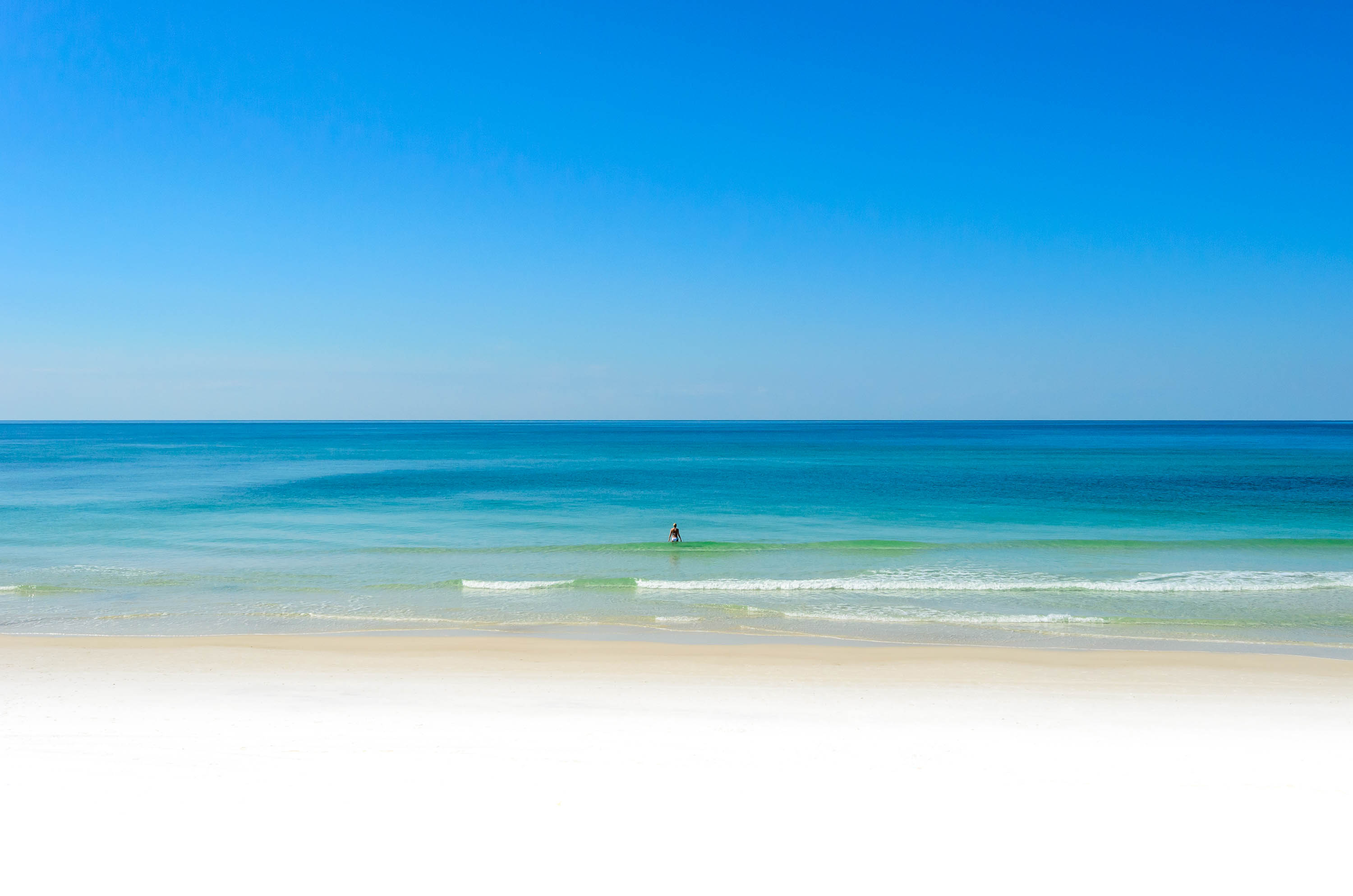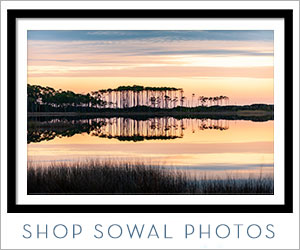From Walton Sun
The amount of turtle nests in Walton County has been steadily declining.
According to the sea turtle watch group founder for Walton County Sharon Maxwell, there were 58 loggerhead sea turtle nests in 2000. For the 2005 nesting season, there were 19 nests located.
?Facts are showing there is a declining of the Northwest Florida/Panhandle subpopulation,? Maxwelll said.
According to section leader for the imperiled species management section in the Florida Fish and Wildlife Services, Kipp Frohlich, loggerheads are the most predominate species of sea turtles in Northwest Florida. There is also the presence of the endangered green and leatherback sea turtles on the Panhandle. All species have had a difficult year.
?It?s been a tough year for sea turtles in many places throughout the state,? he said.
Frohlich explained that recent storms, beach erosion and the increased amount of human activity on the beach has caused many of the problems.
?It?s been a double impact. It?s no surprise we?re seeing decline in nesting in Walton County and other places in Florida,? he said.
Maxwell explained that debris and equipment on the beach caused a lot of the false crawls, where a turtle comes in to lay an egg, but doesn?t finish nesting. She is concerned that building practices may cause the turtles to become extinct, adding that construction has moved further out onto the beach leaving little room for the turtles to nest.
?A lot of retaining walls are to protect pools and decks that shouldn?t be seaward. It would be nice if they shared with the sea turtles that have been here since dinosaurs,? she said.
Frohlich said that there a few ways that people can help the turtles during nesting season. People that live on or near the beach should armor property with walls in an environmentally conscious way. One of easiest ways is to install turtle friendly lighting on and near the beach.
?Literally thousands of hatchlings die because they end up by porch lights or street lights,? he said. ?There are specific lights that are much less dangerous to turtles.?
According to Frohlich, even people that do not live on the beach can help.
?During turtle nesting season, be discreet. Have good beach etiquette. Give them space, let them complete their nesting. Flash photography and flash lights can cause females to abandon their nests,? he said.
?To think that they?d become extinct in our lifetime is very scary to me,? Maxwell said.
?We need to remember these are animals that travel thousands of miles throughout the world. We share this species with the rest of the world. It?s an interesting responsibility we have. These turtles are global travelers and we have a role to play in Florida to protect them while they?re on our land and in our waters,? Frohlich said.
The amount of turtle nests in Walton County has been steadily declining.
According to the sea turtle watch group founder for Walton County Sharon Maxwell, there were 58 loggerhead sea turtle nests in 2000. For the 2005 nesting season, there were 19 nests located.
?Facts are showing there is a declining of the Northwest Florida/Panhandle subpopulation,? Maxwelll said.
According to section leader for the imperiled species management section in the Florida Fish and Wildlife Services, Kipp Frohlich, loggerheads are the most predominate species of sea turtles in Northwest Florida. There is also the presence of the endangered green and leatherback sea turtles on the Panhandle. All species have had a difficult year.
?It?s been a tough year for sea turtles in many places throughout the state,? he said.
Frohlich explained that recent storms, beach erosion and the increased amount of human activity on the beach has caused many of the problems.
?It?s been a double impact. It?s no surprise we?re seeing decline in nesting in Walton County and other places in Florida,? he said.
Maxwell explained that debris and equipment on the beach caused a lot of the false crawls, where a turtle comes in to lay an egg, but doesn?t finish nesting. She is concerned that building practices may cause the turtles to become extinct, adding that construction has moved further out onto the beach leaving little room for the turtles to nest.
?A lot of retaining walls are to protect pools and decks that shouldn?t be seaward. It would be nice if they shared with the sea turtles that have been here since dinosaurs,? she said.
Frohlich said that there a few ways that people can help the turtles during nesting season. People that live on or near the beach should armor property with walls in an environmentally conscious way. One of easiest ways is to install turtle friendly lighting on and near the beach.
?Literally thousands of hatchlings die because they end up by porch lights or street lights,? he said. ?There are specific lights that are much less dangerous to turtles.?
According to Frohlich, even people that do not live on the beach can help.
?During turtle nesting season, be discreet. Have good beach etiquette. Give them space, let them complete their nesting. Flash photography and flash lights can cause females to abandon their nests,? he said.
?To think that they?d become extinct in our lifetime is very scary to me,? Maxwell said.
?We need to remember these are animals that travel thousands of miles throughout the world. We share this species with the rest of the world. It?s an interesting responsibility we have. These turtles are global travelers and we have a role to play in Florida to protect them while they?re on our land and in our waters,? Frohlich said.













